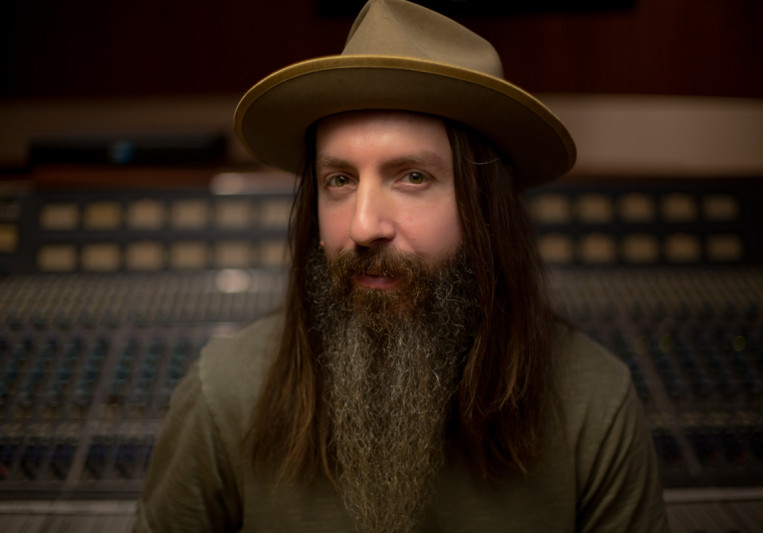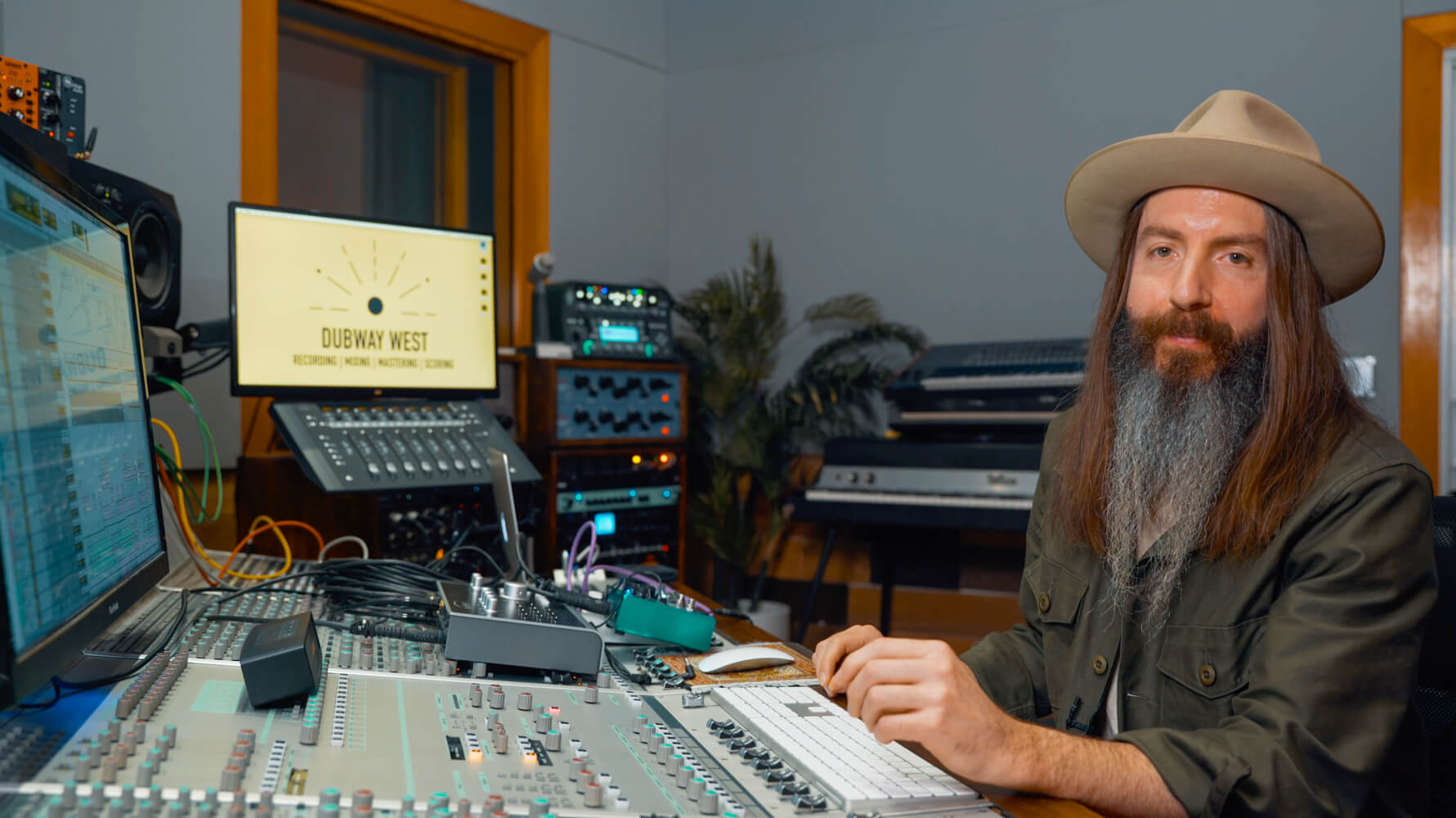Producer, mixer and engineer Damien Lewis - who earned his first Grammy nomination alongside long time mentor Phil Tan for Katy Perry’s Teenage Dream - can often be found producing and engineering some of the most demanding sessions in L.A. Continuing the legacy of his father, a renowned live rock and roll engineer, Lewis has worked with the biggest names in music including Rihanna, Katy Perry, Janelle Monae, Beyonce, Mariah Carey, Justin Bieber, Timbaland and many more using his arsenal of Waves plugins, which he admits he cannot live without.
Not many people can say they’ve had as cool a musical upbringing as Damien Lewis. Born and raised during Detroit’s famed rock and roll era in the early ‘80s, he grew up around many legendary bands like Foghat and Blue Oyster Cult, who his father worked with at the time.
“When Foghat was in town they’d drop me off at school on the tour bus, and I think at one stage I introduced my first grade teacher to Neil Diamond, because I remember seeing a signed photo on her desk the next day,” he recalls.
It’s safe to say that Lewis had an easy ride at school that year, but it wasn’t always plain sailing. Lewis spent his formative years in music in Atlanta working for mix engineer and mentor Phil Tan, and soon after moved to L.A., where he has resided for the last eight years.
It’s been “gangbusters” for Lewis ever since the start of the Covid-19 pandemic, with many touring musicians who are stuck in L.A. dying to get into the studio. He counts himself very lucky to have stayed busy with work throughout:
“I think I got a whole album to mix pretty much the day lockdown happened, and it’s been on since then,” he reveals. “And hopefully there’s some good that comes out of this for a lot of the road musicians and personnel crew too that have unfortunately lost work because of this.”
Strangely enough, Lewis didn’t get into the studio and music production game until his father unexpectedly passed away in 2001, when he inherited a TAC Scorpion mixing console along with a haul of DBX compressors.
A humble touring drummer at the time, Lewis immediately decided to learn how to use all of his new found gear, so he acquired a tape machine and started recording at home in a bid to fully immerse himself in music production.
“I was in a couple of blues bands and we were always on the road, doing around 250 to 300 nights a year,” he remembers. “We had all this recording equipment as this was before Pro Tools, so things were a bit more difficult than just popping open a laptop and I just started getting into that side of it more and more. You can hit a glass ceiling being a sideman in a blues band working every single night, and after a series of mishaps with guys on the road who I was close with, the writing was on the wall that my future was in production, and that’s more where my passion was leaning towards.”






